Bradley Cantrell is the most recent winner of the Rome Prize Fellowship in Landscape Architecture and newly appointed head of the Louisiana State University Robert Reich School of Landscape Architecture. His research interests involve the art of ecological design through computing, responsive technologies and data visualization, and has explored these subjects as Director of the Terrain Kinetics (TiKi) Lab. With a promising future ahead of him, Bradley shares with us his goals for these next monumental steps in his career.
Figure 01 . Sediment Deposition Patterning Utilizing Autonomous Sediment Drones
Credits: Fall 2011 Responsive Systems Studio, Bradley Cantrell. Students: Charlie Pruitt, Robert Herkes, Brennan Dedon
First of all, congratulations on winning the Rome Prize! What inspired you to apply for this prestigious fellowship?
The history of the award is obviously a big attraction and having my work recognized within the academy is a great honor. My colleagues and friends, Ursula Emery McClure and Michael McClure, encouraged me to apply and as past fellows they felt I would be a good fit. I believe my work in computation is often a tough fit in historically and culturally rich landscapes, therefore it was an inspiring challenge to push myself to find a set of methodologies that would interface with the infrastructure, culture, and history of Rome.
Figure 02 . Realtime Monitoring of Atchafalaya Basin Ecological Complexity
Credits: Fall 2011 Responsive Systems Studio, Bradley Cantrell. Students: Kim Nguyen, Josh Brooks, Devon Boutte, Martin Moser
How do you see your fellowship research contributing to the profession?
I believe the contribution is similar to my full body of work, it will focus on binding together virtualization and the physical world. Specifically, my work during the fellowship will hone in on the more abstract qualities of place and will imagine how we can curate new relationships between constructed infrastructures and biological interventions using responsive technologies. I am focusing on the water infrastructure of Rome and applying responsive technologies through three lenses, as a didactic tool, as a method of purification, and as a method of access.
Since its inception, digital technology has been a divisive topic in the design professions due to the argument that hand drawing is being lost as a method of intuitive conceptual design thinking. Your work seems to effectively fuse these two mediums. In what way do you think digital technology can supplement or advance conceptual design thinking?
One of our biggest issues is that we have applied digital technologies to our analog methods, we are basically attempting to draw, draft, and illustrate digitally using traditional methods. This builds an inevitable tension between the tools. The idea that we are stuck on this duality (analog vs. digital) is unfortunate, it slows down our advancement and muddies any critical discourse in representation. In reality the argument typically comes down to a defense of whatever tool that individual feels the most comfortable with. Hand or analog drawing is important and at the same time so is digital media and design computation. We are at a moment where hybrid solutions are the way we should work.
I will say that there is no particular advantage when it comes to conceptual design in regards to starting with a pencil, a 3d model, or a GIS analysis. The product from these three methods will be different but in the hands of a strong designer any of these tools (and many more) are valid ways to explore design potential, present work to clients, and resolve design intentions. The key for each individual is to develop methods of representation where they feel comfortable representing design proposals at a multitude of stages.
We are currently seeing computation coming of age in our profession as we are developing methodologies that are specific to digital tools. I see the greatest advances in the areas of simulation, particularly in realtime models of environmental processes or ecological systems.
Figure 03 . Physical Prototype of Actuated Surface Responding to Dissolved Oxygen Concentrations in the Atchafalaya Basin
Credits: Fall 2011 Responsive Systems Studio, Bradley Cantrell. Students: Justine Holzman, Luke Venable
What is the benefit of using digital technology in expressing the fluidity and time sensitivity of ecological science?
The benefits are embedded in the modeling of these systems. We currently model a static outcome and based on reasonable knowledge, the evolution of a landscape. As we develop and interact with models of these systems we will insert ourselves not only in the design of the initial proposal but also understand how our changes may affect future scenarios.
What designers or research labs have influenced your work and studies?
I admire the work of many people, it is very difficult to put my finger on a single influence. For me there is a huge range and it may sound strange but within that grouping I would put Lebbeus Woods, the MIT Media Lab, and the Army Corp of Engineers.
Figure 04 . Physical Model of MIMMI Concept
Credits: INVIVIA and Urban drc Project Team: Allen Sayegh, Carl Keopcke, Jack Cochran, Yuichiro Takeuchi, Bradley Cantrell, Artem Melikyan, Ziyi Zhang, and Peter Mabardi
Congratulations to you a second time for becoming the newly appointed chair of the LSU landscape architecture program! What are your goals for leading the landscape architecture program at Louisiana State University? Do you plan on staying highly involved with the TiKi lab?
I am excited to be leading a very interesting and dynamic program here at the Robert Reich School of Landscape Architecture. The school is situated within one of the most dynamic, important, and fragile ecosystems in North America, the Mississippi River Delta. My goal is to expand our expertise within this environment to other national and international venues. I will remain active in the lab although we are currently undergoing changes and will be renaming the lab as the focus has evolved over the past 3 years.
What fulfills you most as a professor?
Teaching and my research. These are the reasons I pushed myself into academia and each fulfill different areas of my professional life. My research is completely self-fulfilling, I am typically creating or writing about my interests. It almost feels indulgent at times and I feel very lucky to be in a position where I can explore ideas that are truly my own. Teaching for me is about giving back, it takes this moment of indulgence and allows me to give back to students. To help them shape their own perspective on the world. The most fulfilling thing is when I see my research and teaching having a direct influence on an individual’s career or the trajectory of our profession.
Figure 05 . MIMMI at the Minneapolis Convention Center
Credits: INVIVIA and Urban drc Project Team: Allen Sayegh, Carl Keopcke, Jack Cochran, Yuichiro Takeuchi, Bradley Cantrell, Artem Melikyan, Ziyi Zhang, and Peter Mabardi
Finally, what do you foresee the trajectory being for advancing ecological studies through digital media in the profession of landscape architecture, and how do you think the lessons are best conveyed?
This goes back to my previous statement about simulation and modeling. I believe that we will see much more robust environmental simulations as we move forward. We already see this in animation and modeling software with lighting and materials. Lights and models behave with realistic and reliable characteristics and we are able to work with them in near realtime.
As a crude example, if I think back to when I started using digital tools; software such as AutoCAD and Illustrator did not give us realtime feedback. You would draw a line in Illustrator in outline mode, then click on preview which would then take 2-3 minutes to “render” your illustration just so that you could see the fills, strokes, and gradients. The same was true for AutoCAD when zooming in or out would require a “regen” which would render the linework at the new scale. Currently, this how we work with simulations – we model elements, add simulation components, and then we run the simulation which can take hours or even days.
Things will change rapidly when we are able to model elements and see them interact with an ongoing simulation in realtime – we will see how light effects them, how water interacts, and the effects of the environment over time.
Now, it’s your turn! What questions do you have for Bradley? Please leave your questions and comments below…
Published in Blog


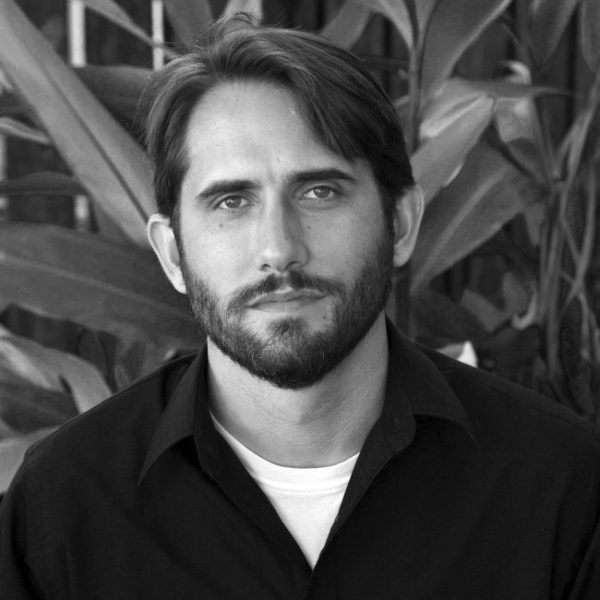





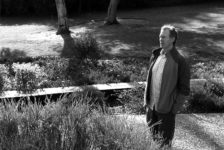
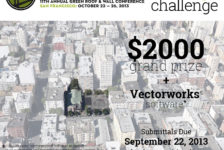
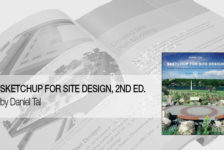
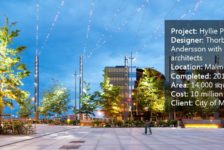

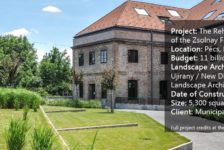

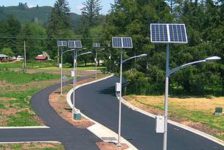
Matthew Stubbs
Are there any books on ecological simulation that you would recommend to anyone wanting to learn more on the subject? Also do you have any published research on the subject one might find?
matthew beehler
congrats, interesting work!
Bradley Cantrell
@Matthew Stubbs, there is a lot of research in methods of ecological and environmental simulation. Typically these ecosystems are described through computational models that describe an ecosystem based on a base set of assumptions. Most books or publications describe modeling from this perspective. I am working towards developing more a few published pieces that begin to piece these ideas together from a designer’s perspective which includes game environments, simulation in our design software, and efforts to describe ecosystems through modules under a base set of assumptions regarding behavior.
Lip Watches
Very interesting work and point of view about hand drawing. It seems indeed possible nowadays to conceptualize an idea very quickly with the available digital tools